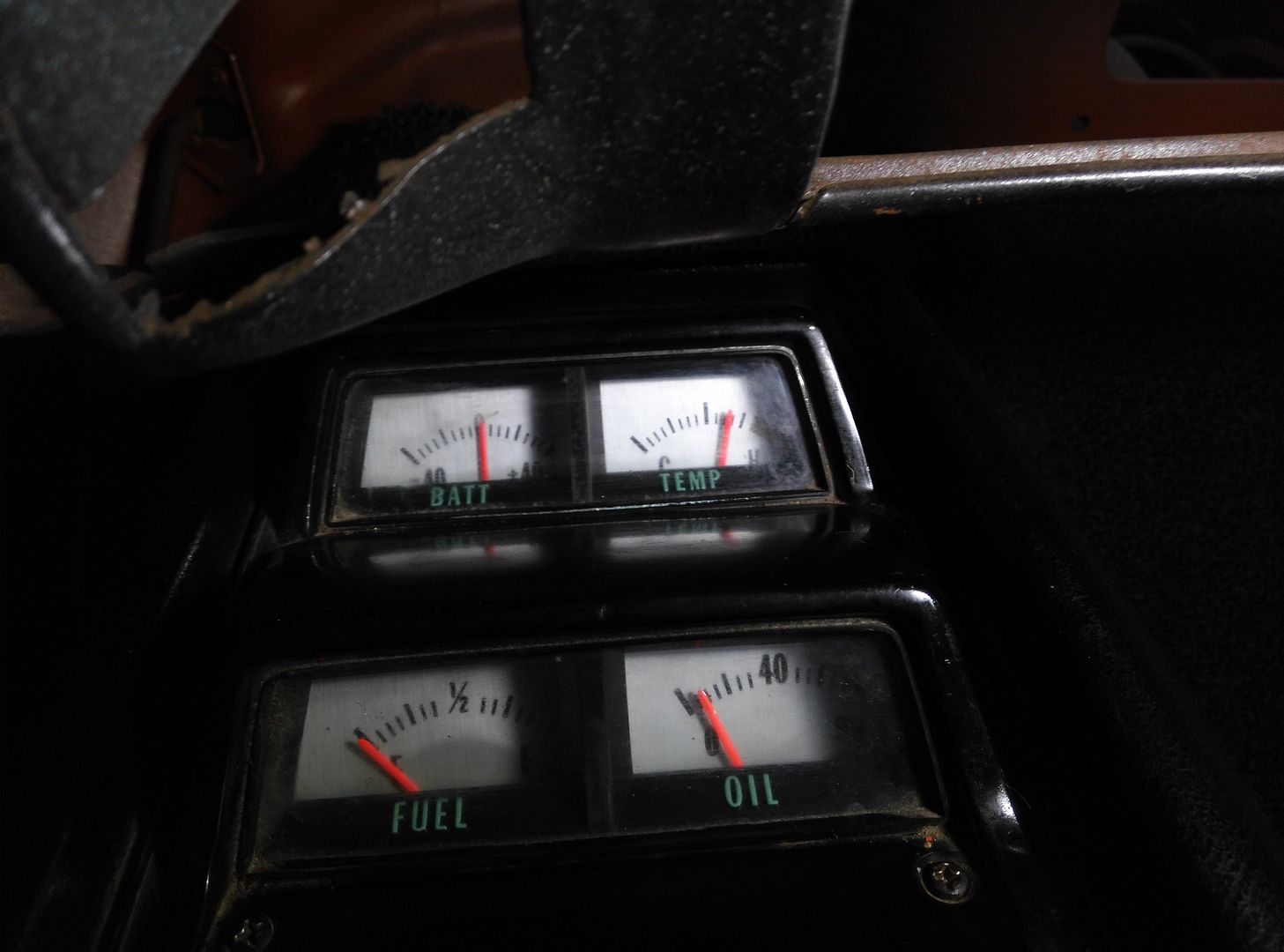1968 327 - stock motor
For some reason, on a short drive the other day, the car decided it wouldn't crank. Turns out the battery was real low and unable to crank the starter. My suspiscion immediately was that the alternator was finally toast. I jumped the car and hooked up my multimeter to the battery and the volts read 12.3, 12.2, 12.1... and dropping. Obviously, not getting a charge from the alternator.
I bought a new alt and dropped it in last night. Still having the same issue. The engine fires right up with a fresh battery but the alt refuses to charge it back up! My suspicions are in the wiring between the alt and the battery obviously, but is there a way to test or eliminate certain portions of the wiring circuit so I don't have to un-loom all the wiring? Voltage Regulator, horn relay?? I'm fairly new to this car, but I'm figuring it out day by day. Is there a way to jump the wiring so I can find out where the issue might lie?
**also- the new alt has a GND post on the back, where the old one did not. Do I need to run a ground wire from this, or is this for cars that might not have a ground via the alternator mounting bracket?
Any help is much appreciated folks! Thanks!!!
For some reason, on a short drive the other day, the car decided it wouldn't crank. Turns out the battery was real low and unable to crank the starter. My suspiscion immediately was that the alternator was finally toast. I jumped the car and hooked up my multimeter to the battery and the volts read 12.3, 12.2, 12.1... and dropping. Obviously, not getting a charge from the alternator.
I bought a new alt and dropped it in last night. Still having the same issue. The engine fires right up with a fresh battery but the alt refuses to charge it back up! My suspicions are in the wiring between the alt and the battery obviously, but is there a way to test or eliminate certain portions of the wiring circuit so I don't have to un-loom all the wiring? Voltage Regulator, horn relay?? I'm fairly new to this car, but I'm figuring it out day by day. Is there a way to jump the wiring so I can find out where the issue might lie?
**also- the new alt has a GND post on the back, where the old one did not. Do I need to run a ground wire from this, or is this for cars that might not have a ground via the alternator mounting bracket?
Any help is much appreciated folks! Thanks!!!







